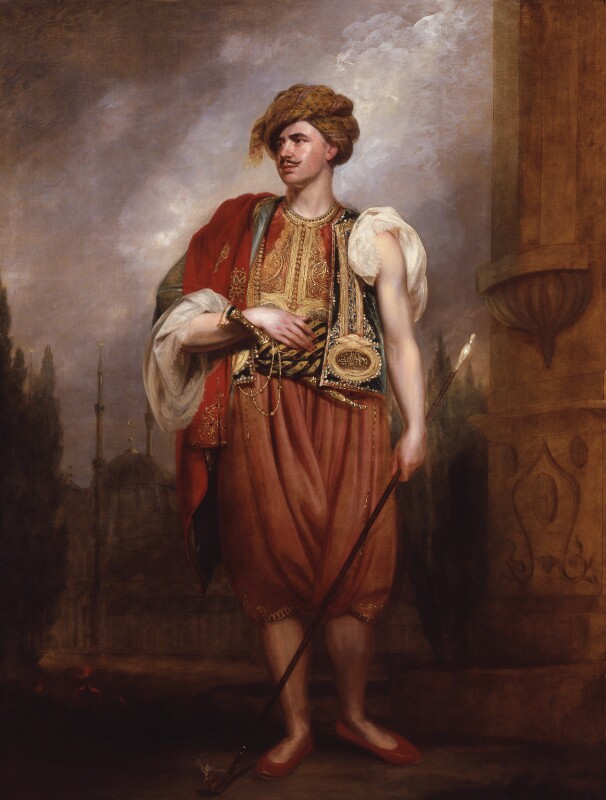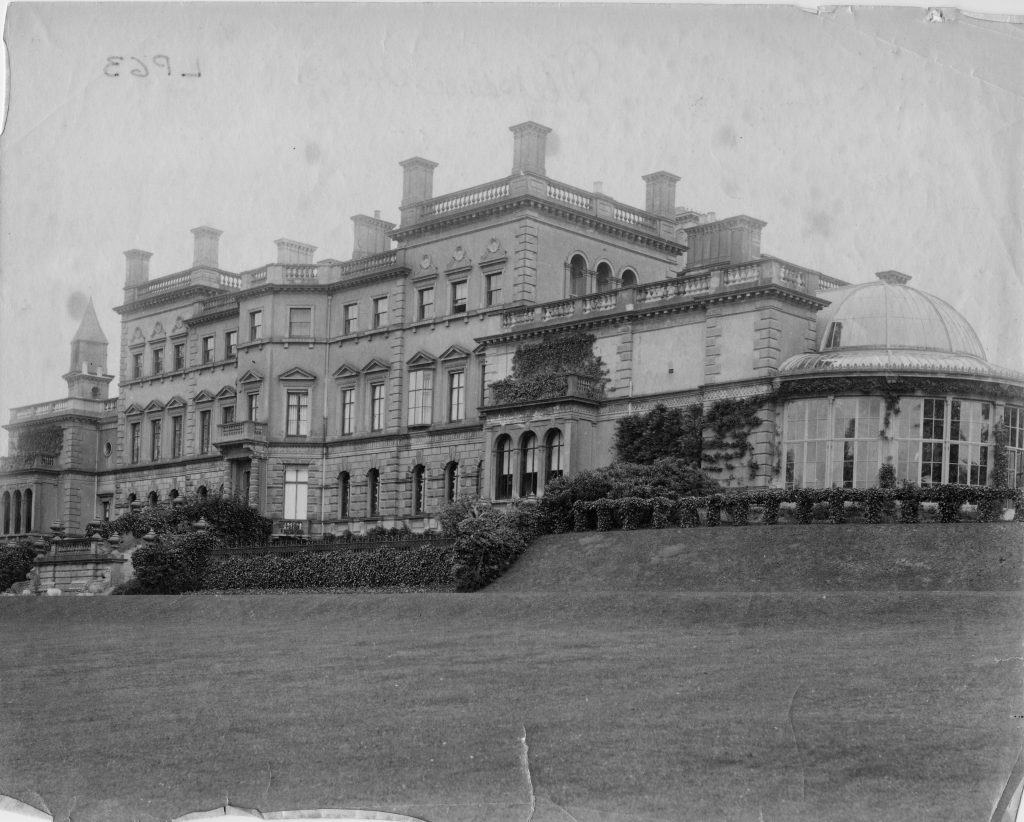
Thank you to Hannah Foulsham for her research.
It was following his marriage to Louisa de la Poer Beresford in 1806 that Thomas Hope bought the Deepdene in 1808, which he used to display his large collection of paintings, sculptures and antiques. Originally from Amsterdam, before being driven to London by French revolutionary forces in 1795, Hope had been interested in art and architecture since his youth.

The same year as his purchase of the Deepdene, Hope published a volume named Household Furniture and Interior Decoration, which included sketches of his furniture and became remarkably influential to interior design at the time. Indeed, his style is evident too in the significant changes Hope made to the house and garden at Deepdene, which soon becoming a well-known centre for men of letters and people of fashion. By 1923 Hope had remodelled the English house and its grounds with a mixture of styles, to achieve a blend between the house and his landscape, according to Picturesque theorists. His design of the interior included that of the furniture, and he integrated the natural world into his rural home through introducing conservatories and terraces into the architecture. He also used the Italianate style in his introduction of a loggia-topped tower, and similar influences were evident in his redesign of the grounds.
The same penchant for foreign styles that is evident in his designs at Deepdene can be seen in his highly acclaimed novel Anastasius (1819), which explored the life within the Ottoman Empire as well as revealing details of Islamic culture that were previously uncommon knowledge in England. So successful was his novel, that it was often compared to Lord Byron’s works, who is said to have wished that he had written it himself.

Although the house Hope built at Deepdene has since been demolished (in 1969) there is still one structure built by Hope that remains on the property today. The Deepdene mausoleum was built in 1818 following the death of his 7-year-old son Charles, with fish-scale fanlights and a stone vaulted roof. Hope himself was buried there in 1831 and the mausoleum was sealed in 1957 and was later buried
However, due to a recent project that aimed to restore important architectural and landscape features of the Deepdene Estate the mausoleum was excavated and repaired in 2016. It is now part of the Deepdene Trail, which explores the landscape of Deepdene and the rich history it has to offer.

Read more about Thomas Hope in The Deepdene : A Landscape Rediscovered by Alexander Bagnall.
The book is priced at £15.00

